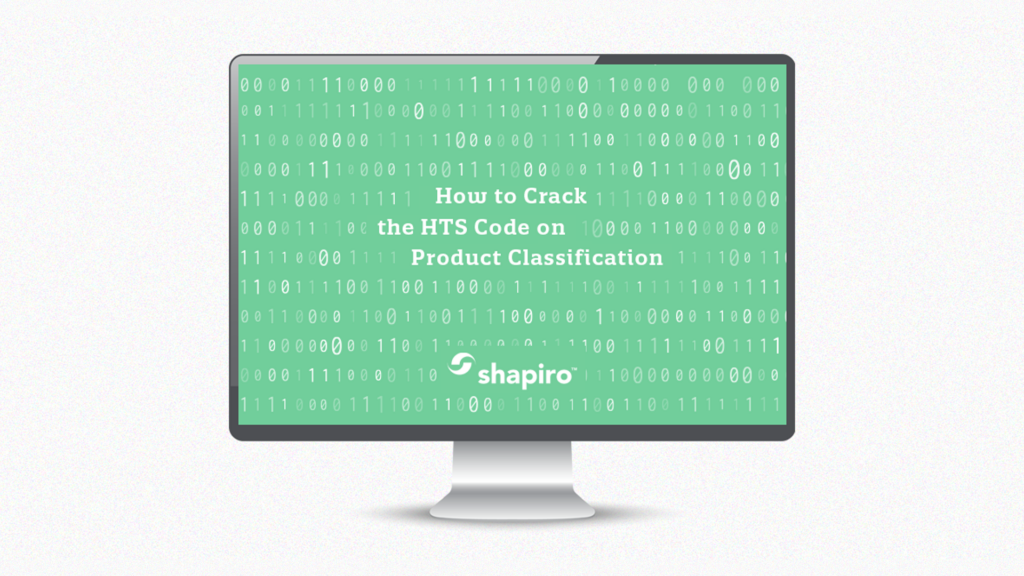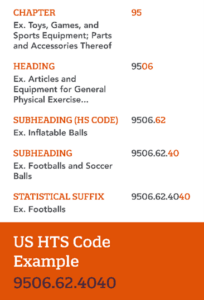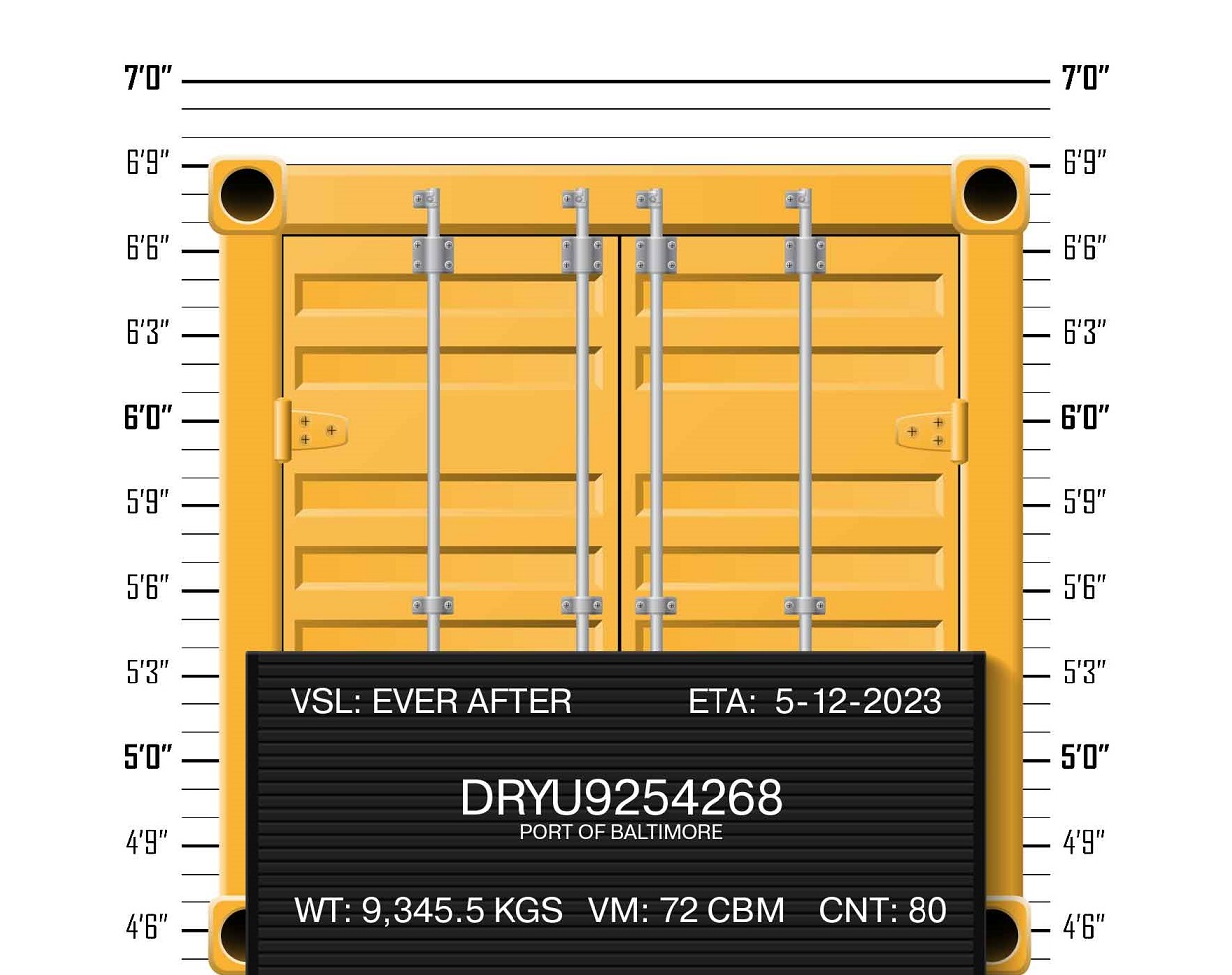How to Crack the HTS Code on Product Classification

It’s no secret that the decline of cable television has given rise to a new entertainment behemoth: streaming platforms. The resulting power struggle forced network executives to rethink the wheel to attract more viewers than their competitors, and in turn, more advertising revenue. One of the tactics that’s taken centerstage is based upon the age-old adage, “give the people what they want.” Well, it turns out that people want more true crime documentary series.
Why is this relevant, you may ask? Because much like this genre, regulatory compliance is riddled with dynamic complexities, unexpected twists, minute details, and probing questions—especially when it comes to classifying your products. Classification doesn’t have to be an unsolvable puzzle or a “bored” game. So, watch out Colonel Mustard—Shapiro is here to decipher the clues and crack the classification code!
HS v. HTS codes: What’s the Difference?
The easiest place to start is with HS codes. Harmonized System (HS) codes help declare the identity of goods to the various importing countries’ customs offices. They were developed by the World Customs Organization (WCO) to standardize global trade and have since become a well-established practice worldwide. HS codes consist of six digits and are updated every five years.
On the flip side, the Harmonized Tariff Schedule (HTS) is a numerical code that helps customs officials, shippers, and traders alike decipher the complex language of cross-border goods. HTS codes expand the six-digit HS code to ten digits and are managed by the US International Trade Commission (ITC). When importing a product, a shipment will be assigned an HTS code, and the shipper must ensure that it corresponds with the country codes of importation. Much like an airport, HTS codes act as international passports that guide your product through different tariffs, duties, and regulations; and Customs officials are the terminal security agents who ensure passenger compliance with standard regulations.
Hacking and Cracking the HTS Code
If you’ve been keeping up with the news lately, you may have heard about the recent wave of password crackdowns that streaming services have implemented in an effort to combat shared accounts. But how do companies like Netflix and Disney+ know when multiple people are using a shared account? Easy—by monitoring Internet Protocol (IP) addresses, which are the numerical labels that uniquely identify network interfaces and specific locations. Just as your internet modem has a unique numerical address, so do your products.
As we discussed above, HTS codes have ten digits; with the first six digits corresponding to the HS code. Here’s a breakdown of the code and what each portion represents:

- Chapter: There are 21 distinct sections split into 96 chapters. Although the HTS technically includes Chapters 1-99, there are three exception chapters omitted from the total count:
- Chapter 77 (Reserved for Future Use) is blank.
- Chapter 98 (Special Classification provisions) is limited to national use.
- Chapter 99 (Temporary Legislation; Temporary Modifications; Additional Import Restrictions) is a specific code limited to temporary modifications and national use.
- Heading: Dictates the specific category within any chapter.
- Subheading (HS code): The last two digits are more specific and define the subcategories of products.
- Subheading: For the US, the seventh and eighth digits represent the country specific sub-heading.
- Statistical Suffix:The last two digits identify country-specific categorization.
To help keep track of rulings and classifications, U.S. Customs and Border Protection (CBP) has a database—known as the Customs Rulings Online Search System (CROSS)—which can be used to search for US HTS codes and rulings dating back to 1989. If you’re interested in reading a few fast (and fun) facts about the latest and greatest US HTS edition (2023) from the ITC, click here.
Hacking and Cracking the HTS Code
If the HTS process wasn’t complicated enough, the US also uses a separate ten-digit code to denote exports, known as the Schedule B number. The US Foreign Trade Division is responsible for assigning a Schedule B number for every product exported out of the country. As with the HTS codes, the first six digits are the global HS number. For help pinpointing your products, check out the Schedule B Search Engine, or contact us directly!
Get a Clue on Tariff Engineering
Tariff engineering can often feel like a game of Clue. It’s all about taking stock of what’s in front of you, asking the right questions, and finding the right nooks and crannies in the tariff schedule. By adjusting the design of your product, you can legally optimize your import duties and avoid paying the proverbial troll under the bridge trying to eat into your profits.
As a great example, a popular shoe company includes layers of felt on the sole. They ensure that the felt covers 50% of the sole, which allows them to classify their imports as slippers instead of shoes. Tariffs for slippers range between 7.5% to 12.5%, while regular footwear with rubber soles can have duties of 37.5% or higher. The pennies of felt and labor to change the code certainly seem worth the tradeoff.

Spilling the Penal-Teas on Apparel
Textile imports can be classified under roughly 5,500 different HTS codes in the U.S. With each item falling under a specific ten-digit heading subject to change every five years, you may find yourself in an exponentially more complicated situation than you signed up for. To give you an idea of just how much HTS codes can cause duties to vary, there is a 27% difference between declaring apparel as “silk” (0.9% tariff) and “other” (28% tariff). These codes can make a huge difference to the bottom line of an importer and should be evaluated by an expert. When it comes to classifying, there’s no room for ex-SKU-ses. Even the smallest of errors can quickly spool out of control, causing your whole supply chain to unravel. If you don’t believe us, then try this one on for size…

You might be thinking, “it’s just a tiny piece of fabric, what’s the big hang-up?” Well, the moral of our tale of two retail shirts is simple: don’t let negligent knit-wits take you to the cleaners. If Customs officials end up flagging the misclassification or FTA needle in the entry haystack, then Shirt B could cost Twead-ledum (the retailer) penalties amounting to 20% of the dutiable value, double the loss of lawful duties, taxes and fees, or much worse!
Shapiro’s best practices are outfitted in reasonable care. With over 100 years in the business, we’ve discovered that one size doesn’t always fit all; and we’ve learned to expertly stitch together solutions that are tailored to your needs.
How Shapiro “CAM” Help You!
Classification questions can be daunting; which is exactly why CBP recommends against do-it-yourself use of the HTS classification system and also why robo-classifications (classifications performed by computers, programs, and software systems) tend to be accurate less than 50% of the time! Incomplete descriptions or classification errors are costly mistakes that can result in additional duties, delayed cargo release, and penalties.
Shapiro offers an excellent tool to help importers streamline their classification process. Our Classification Advisory Module, or “CAM,” is a one-stop resource for classification. Our skilled compliance detectives use their 250 years of combined experience to research, analyze, and classify each request. Pre-classification is a great way to forecast landed costs and reduce unnecessary research. To get in touch with a member of our classification crew, contact Shapiro today!
Don’t Get Caught!
Regulatory Compliance: There are two simple steps to avoiding trouble: First, know the rules. Second, don’t break them. The potential penalties, both financial and commercial, can be extremely damaging for your business and, in some cases, for you personally. Let’s agree that regulatory compliance isn’t a flexible issue but Shapiro can straighten you out!

